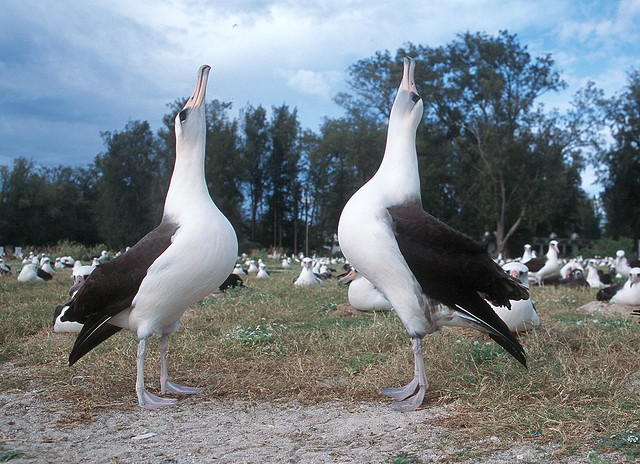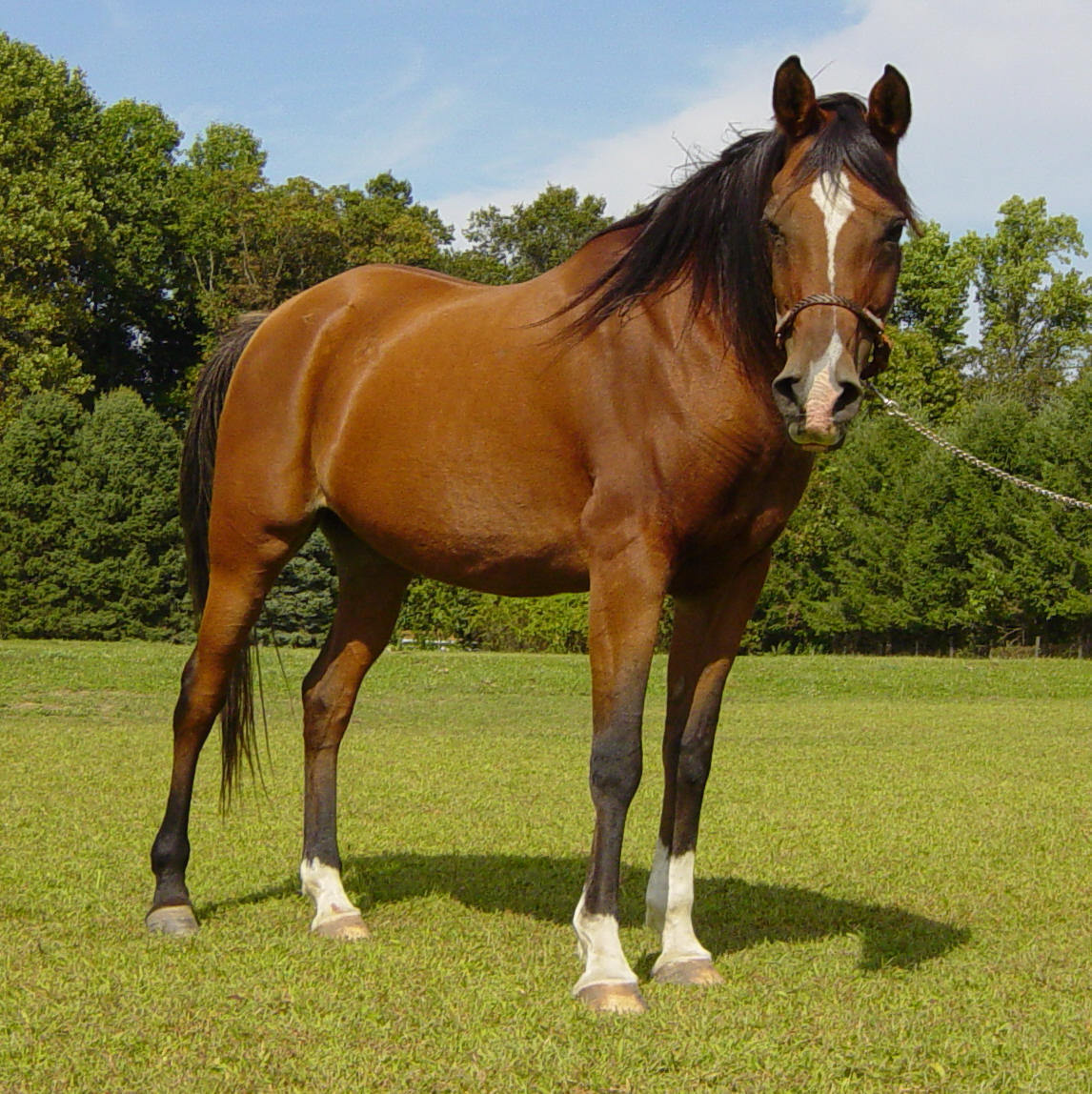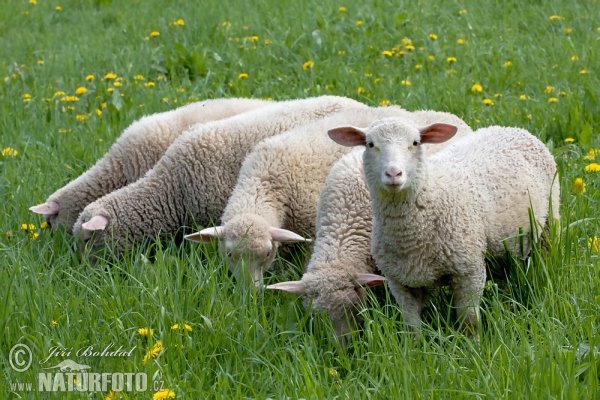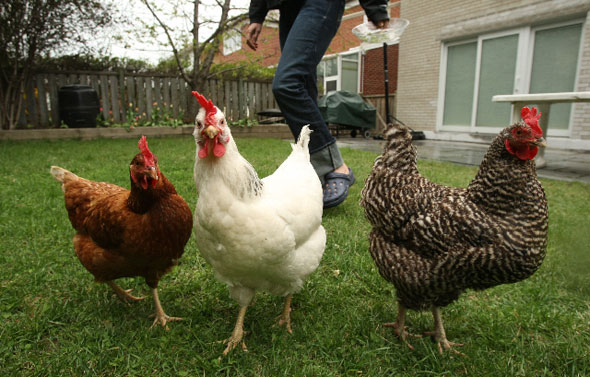Ebola kills 90% of its victims
The Ebola virus is named for the Ebola River, where the first outbreaks occurred in 1976.
The deadly killer, EBOLA? EBOLA is a killer disease that is transmitted through body secretions such as sweat, blood, saliva, mucous, breast secretion, tears, urine, and sexual transmission with an infected person.
Puts victim in lots of pain.
There is no cure and the cause is unknown. It can reproduce in 8 hours and when it does, millions of new viruses come out.
It is the world's most deadly viruses and one of the most painful deaths possible.
The person can die any were from 3-30 days or even longer.
It is only stopped when it has no more hosts to feed on.
The period between infection with the Ebola virus and the start of symptoms is called the Ebola incubation period, which can be as short as 2 days or as long as 21 days.
Look out for the following! Fever, sore throat, headaches, weakness, joint and muscle pain, chest pain & bleeding from skin. < Br> In pregnant women, abortion (miscarriage) and heavy vaginal bleeding are common Ebola symptoms.
Death usually occurs during the second week of Ebola symptoms, and its usually due to massive blood loss.
Prevention is the KEY word! Wash your hands often with soap and water, sanitizer is a good alternative.
Avoid contact with people with suspicious signs and places of outbreak.
Watch out for the warning signs which mimics malaria symptoms.
As always, wash your fruits and vegetables before cooking.
Be the USEFUL VIRUS by reporting any SUSPICIOUS case to the nearest health care centre.
The deadly killer, EBOLA? EBOLA is a killer disease that is transmitted through body secretions such as sweat, blood, saliva, mucous, breast secretion, tears, urine, and sexual transmission with an infected person.
Puts victim in lots of pain.
There is no cure and the cause is unknown. It can reproduce in 8 hours and when it does, millions of new viruses come out.
It is the world's most deadly viruses and one of the most painful deaths possible.
The person can die any were from 3-30 days or even longer.
It is only stopped when it has no more hosts to feed on.
The period between infection with the Ebola virus and the start of symptoms is called the Ebola incubation period, which can be as short as 2 days or as long as 21 days.
Look out for the following! Fever, sore throat, headaches, weakness, joint and muscle pain, chest pain & bleeding from skin. < Br> In pregnant women, abortion (miscarriage) and heavy vaginal bleeding are common Ebola symptoms.
Death usually occurs during the second week of Ebola symptoms, and its usually due to massive blood loss.
Prevention is the KEY word! Wash your hands often with soap and water, sanitizer is a good alternative.
Avoid contact with people with suspicious signs and places of outbreak.
Watch out for the warning signs which mimics malaria symptoms.
As always, wash your fruits and vegetables before cooking.
Be the USEFUL VIRUS by reporting any SUSPICIOUS case to the nearest health care centre.










 Veterinary doctors specialize
in the prevention and treatment of animal
diseases. This is possible because of the
knowledge of veterinary medicine.
Veterinary doctors specialize
in the prevention and treatment of animal
diseases. This is possible because of the
knowledge of veterinary medicine. Modern Science has made it easy for farm
products to be transported to different parts of
the country. For instance, there are
refrigerated trucks used to transport fish and
meat. Famers also have means of preserving
their harvests. There are also chemicals used
to increase the shelf lives of produce. Today
there are palm oil mills, rice mills and tomato
processing plants unlike the olden days when
most of produce processing was done manually.
There are now improved bins, silos, rhombus
for the efficient storage of farm produce.
Modern Science has made it easy for farm
products to be transported to different parts of
the country. For instance, there are
refrigerated trucks used to transport fish and
meat. Famers also have means of preserving
their harvests. There are also chemicals used
to increase the shelf lives of produce. Today
there are palm oil mills, rice mills and tomato
processing plants unlike the olden days when
most of produce processing was done manually.
There are now improved bins, silos, rhombus
for the efficient storage of farm produce.






























 Many of us in the process of making some researches always come across some
Many of us in the process of making some researches always come across some 




 Fish farming is the principal form of
Fish farming is the principal form of

 poultry at your backyard
poultry at your backyard poultry on a largescale(intensive farming)
poultry on a largescale(intensive farming) Pigs on the farm
Pigs on the farm
 A sow and her piglets
A sow and her piglets







